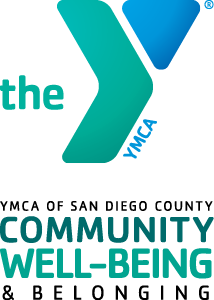Diversity and inclusivity have been an integral part of YMCA identity for more than 170 years. A modern observer may disagree, pointing to the YMCA's first rules restricting membership to men of an evangelical Protestant faith. Understood within the context of the time, however, the intentional decision to encourage a commingling of beliefs and class (however limited) represented a radical departure from societal norms.
Early YMCA leaders believed the character of an individual was the defining attribute that distinguished a potential member from the rest of the community. In theory, a focus on internal attributes allowed all members of society to join the YMCA, and as the American YMCA spread the movement to other nations, this was often the case.
And though initially membership was limited to men strong in faith, the YMCA opened many of its services to the larger community. Though the early services were primarily religious, implying the goal was the conversion of non-members to a more active Christianity, we should not lose sight of the fact that the precedent was set that the larger community could and should benefit from the work of the YMCA.
The Spirit of Diversity
Early YMCA work was quite diverse in many ways. This separation of the work was representative of the times and would have been seen as “specialization” by some. This is not to diminish the very real inequality that was present in society and the YMCA but rather to demonstrate that in spite of a highly stratified society the YMCA made efforts to be present and active at all levels, incrementally creating support and change within each group. Inclusion on the other hand frequently mapped national trends and has long remained a destination in the far off distance.
The Spirit of Inclusivity
Inclusion has been a much more challenging value for the YMCA to maintain. This is in part due to the nature of American society, which has a long history of discrimination. Another factor is the largely independent nature of the movement. For every Y leading charge, there is another resisting it.
One way to demonstrate how difficult expanding the definition of community can be is by examining the time it takes between the first example of a segment of society participating in a single YMCA and full participation within the movement.
Women in the YMCA
Early in Y history, women’s auxiliaries were instrumental in raising funds for the YMCA. In 1886, the first known female YMCA employee, Ellen Brown, was hired, and during WWI 5,145 women served under the YMCA banner. However, though the support of women was of vital importance to the success of the YMCA, they have not always been able to participate fully as a member. The Brooklyn YMCA is the first Y known to work with women which began as early as 1859. However, it was not until 1978 that gender discrimination was banned outright by the YMCA.
Our history shows that we have much to celebrate. Our movement has often been at the vanguard of change. Our history also shows us there is always room for improvement and new communities waiting to receive the benefit of joining the global YMCA community.


